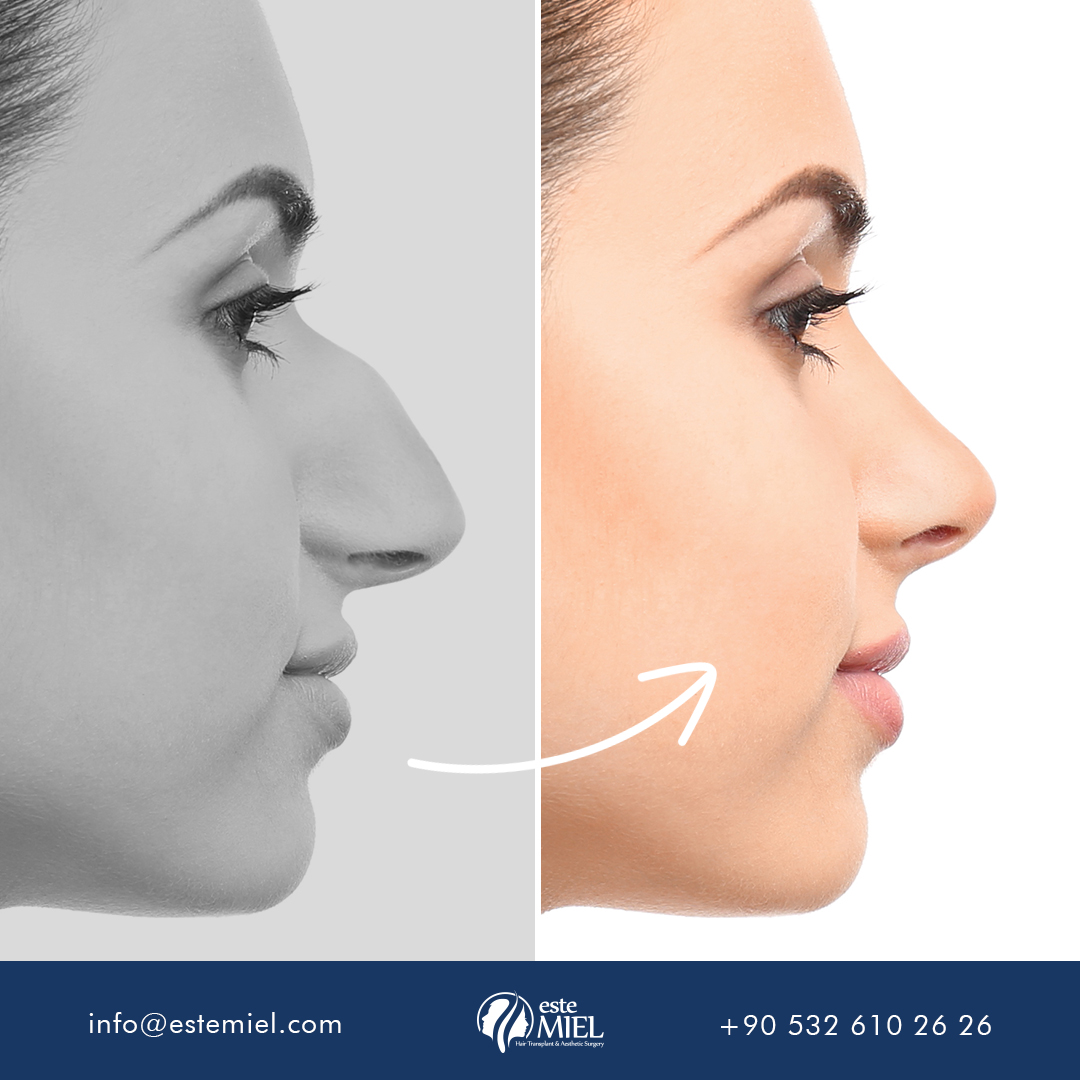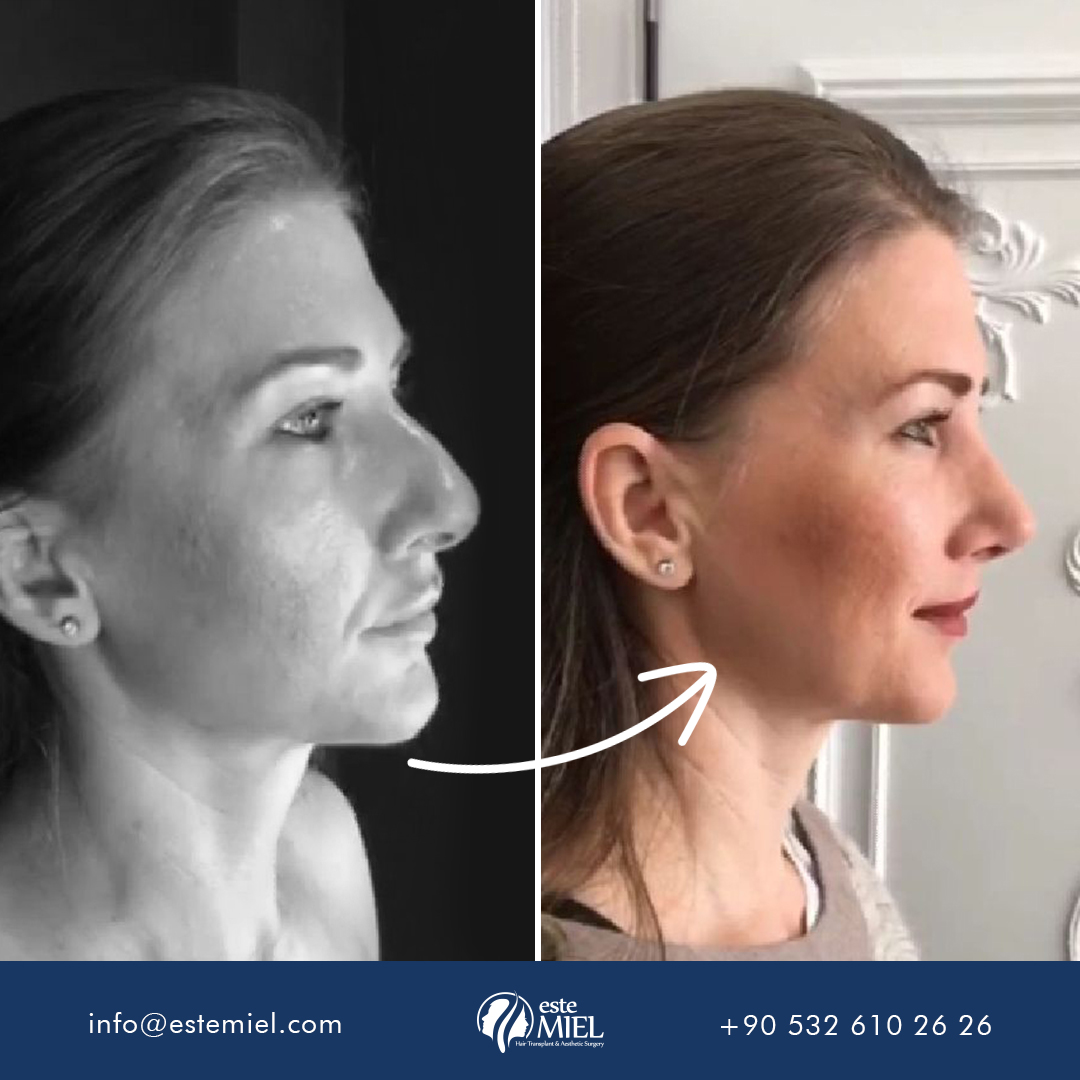Rhinoplasty
One of our country’s most popular aesthetic procedures is rhinoplasty, performed for both cosmetic and practical reasons. Surgery can be performed for various reasons, such as correcting breathing problems, giving the nose a more natural aesthetic appearance, and correcting deformities in the nose. Functional Rhinoplasty refers to procedures designed to solve respiratory problems during cosmetic surgery. Rhinoplasty procedures can also be performed to correct nasal curvatures, fractures, cracks, and deformities caused by accidents, blows, and traumas.
To Decide on a Rhinoplasty
People who are unsatisfied with the appearance of their noses or who need to fix damage caused by accidents or serious illnesses can have a rhinoplasty. As a result, the first step in aesthetic nose surgery is the doctor’s evaluation of the patient, listening to the patient’s complaints and wishes, and then diagnosing the problems related to the nose, if any. Only after the evaluation will it be possible to determine what aesthetic improvements can be made to the nose. The patient’s face type, facial features, eye, chin distance, and weight play a role in determining the best nose structure. After the computer shows the nose type suitable for the person’s face type, the final selection is made with the help of a special software.
Open and closed techniques are used to perform rhinoplasty operations. The operation of the middle cartilage of the nose with the open surgery technique is easier as the doctor can observe the application. Therefore, it is more preferred. Regardless of the technique used in rhinoplasty surgery, only the changes determined in the preoperative evaluation are made. The most common rhinoplasty uses are to straighten arched bones, raise the tip of the nose, increase the volume by injection if necessary, file the long nasal tip, repair the intranasal elements, correct the cartilage if the nasal ridge is crooked, and correct the disproportions. The wounds are closed, and the procedure is completed after all expected improvements.
The period after rhinoplasty is almost as important as the operation phase. As a result, the patient's greatest concern should be to wait and carefully cover the nose area while it heals. nose dressing should be done regularly, and sports should be avoided for a while. Painkillers, antipyretics, and edema preventers should be used as the doctor recommends and without interruption.
Anyone who is well enough to receive general anesthesia and does not feel a change in their health status is a candidate for rhinoplasty. The assessment reveals that the patient is unquestionably qualified for the operation.
The results of rhinoplasty operations are permanent, but after the tissues have had time to heal, revision operations can be performed if desired.
Generally, Rhinoplasty procedures take one to two hours.
Patients with rhinoplasty are usually discharged the same day or the next day. Painkillers can be used to treat any minor discomfort that may exist after surgery. If necessary, a tampon can be placed inside the nose for a few days. Particularly significant bruising and edema are not expected around the eyes. Even if such bruises develop, they get better in the days after the surgery and completely disappear in about a week. After the operation, the swelling in the nose gradually goes away. As known, the edema of smokers regresses slower. Smoking is not recommended before or after surgery as it can worsen respiratory and healing problems. To reduce swelling and bruising, it is recommended to lie down with your head slightly raised and apply cold compresses to your eyes. The doctor usually removes the nasal cast after a week. Some patients may need a cast for a longer time.



Helpline
You can reach us directly via our social media accounts, WhatsApp or phone number.